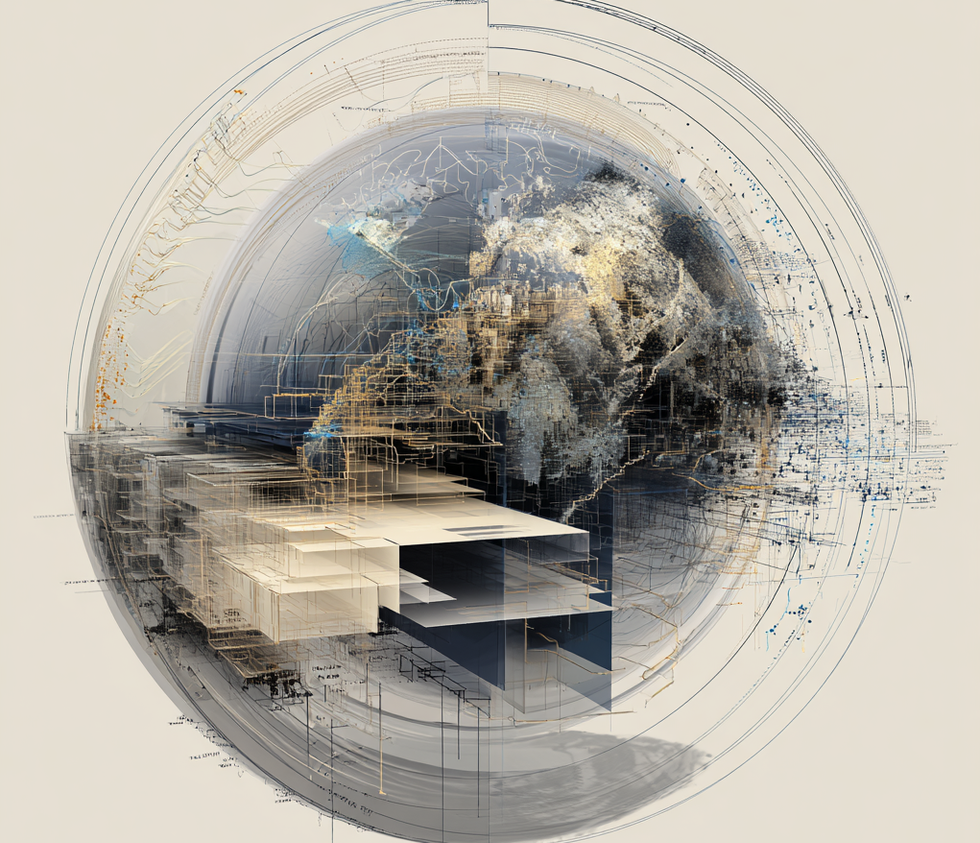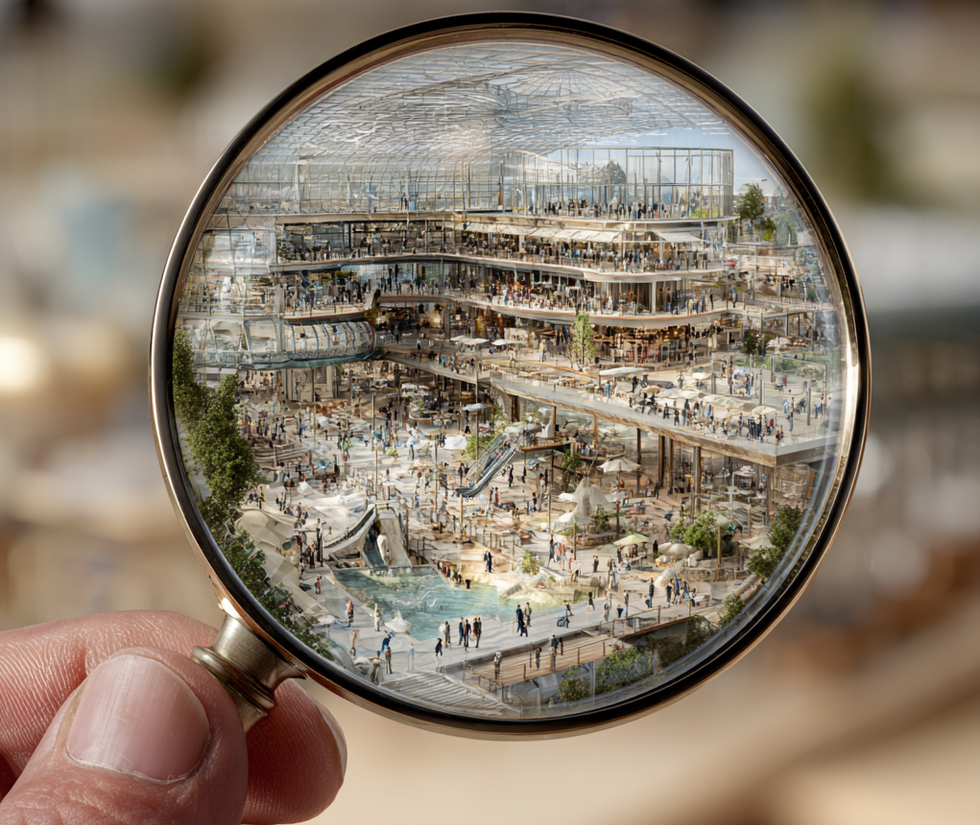The global attractions industry faces challenges from changing visitor expectations, technological advancements, and economic pressures. In this environment, where the demand for immersive experiences must be balanced with increasing costs, operators need to optimise operations, improve efficiency, and ensure that every investment directly contributes to a smoother, more enjoyable guest journey.
Speaking with Michael Andre, president & CEO, and Chase Mory, director of operations, at Gateway Ticketing Systems, a leading provider of admission control systems, we explore how attractions can strategically respond to these trends and future-proof their operations.
Together, they discuss the broad technological shifts shaping the market and the tactical, operator-focused strategies that achieve immediate efficiency improvements and long-term revenue growth.
Technology and visitor expectations continue to evolve
Looking at the latest industry trends, Michael Andre says: “For me, the real story is the advances in technology and how it’s being used in the industry, not just on the revenue side, but in the venue experience itself.
“I was recently at The Sphere in Las Vegas and was astounded by the quality of the audio and visuals. I think that’s setting a new standard for operators who will have to address that level of experience to compete. Another Sphere is being built in Abu Dhabi, and MSG is bringing that same sound technology to Radio City Music Hall.

Michael Andre
“Those advances are going to change and certainly enhance the guest experience.”
“More broadly, it’s all about immersive experiences; it’s not just going to a park or museum anymore.”
While the front-end guest experience is increasingly high-tech, Andre stressed that the supporting technology is equally critical: “On our end, the technology might seem less glamorous, but it’s the ‘plumbing’ that makes revenue management work.”
The need for highly functional infrastructure is exacerbated by challenges such as inflation, tariffs, and staffing challenges. “These are affecting operating hours and costs for many of our customers.”
Gateway’s strategic focus is therefore twofold: supporting cutting-edge guest experiences while providing solutions that help operators address those economic pressures.
Galaxy 8 and the benefits of self-service
The company’s adaptation to these shifts has culminated in the release of its next-generation platform, Galaxy 8.
“Galaxy 8 is our flagship product and the next generation of that platform,” says Andre. “We’ve invested heavily in making it easier to use, which helps team members at customer sites and reduces training time and cost.”
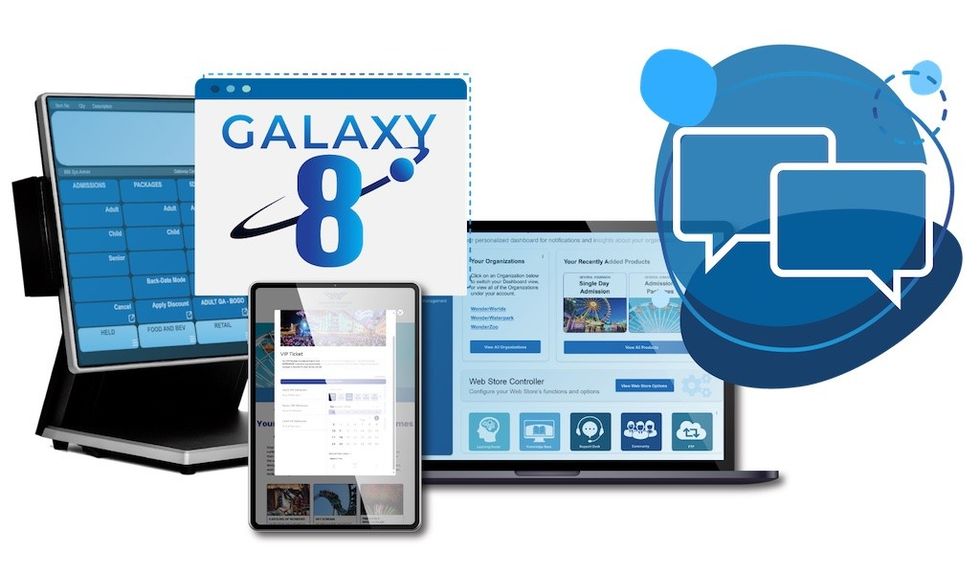
A key strategic move for Gateway in addressing both staffing challenges and guests’ demand for speed and convenience is the expansion of self-service options throughout the venue.
“Beyond ticketing kiosks, we’ve added self-service ordering for food and beverage locations and recently released a self-service retail kiosk,” says Andre. “We hosted an event at Detroit Zoo last week showcasing these stations, which are designed for a smooth guest checkout experience.”
These tools aim to provide a seamless guest checkout experience and mirror wider consumer trends observed elsewhere.
“It’s the same trend you see in grocery or hardware stores. Self-service helps guests who prefer it, while allowing staff to be redeployed into higher-value service roles instead of, say, just ringing up another plush toy in the gift shop.”
Balancing tech innovation with personal service
Successfully implementing technology requires maintaining a delicate balance. The aim is to realise cost savings and efficiency without replacing the human side of the guest experience.
“That’s definitely a challenge,” says Andre. “We want technology to bring cost savings and efficiency, but it has to enhance the guest experience too.”
For a ticketing provider, this balance often centres on the transactional phase, ensuring clarity, especially amidst complex pricing structures:
“We work to make it easy for guests to purchase and understand what’s being offered, especially as pricing and experiences evolve.
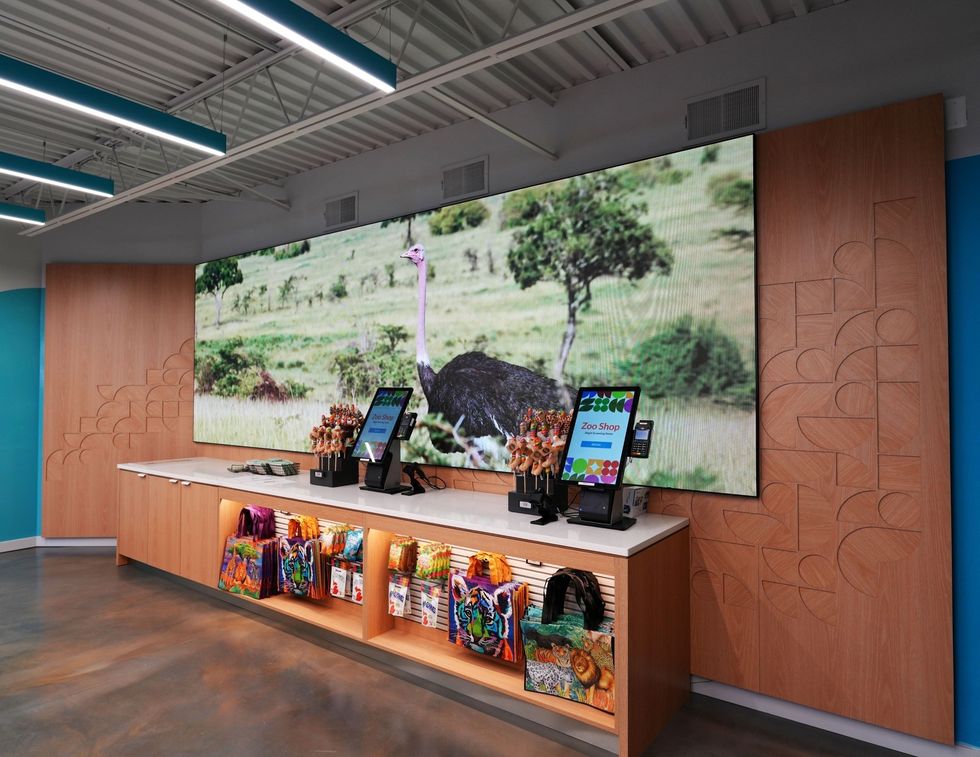
Detroit Zoo
“Dynamic pricing is a big factor in the industry, and it can be confusing. Presenting it clearly helps guests pick the right day and price for them.”
The human element is enhanced when staff are freed from repetitive transactions. “Effective technology is about shifting some transactions to self-service so guests can handle those themselves, freeing up staff to create memorable experiences in-park.
“There’s no perfect answer. It’s about striking the right balance.”
Quick wins
Shifting to the practical realities on the ground, Chase Mory offers tactical strategies for immediate efficiency improvements. When looking for quick wins, he identifies reducing friction at entry as a significant priority.
“We can do this by digitising the guest journey up front, encouraging guests to purchase admission, parking, and even sign digital waivers before arrival. That allows guests to bypass transactional lines and head straight into their experience.”
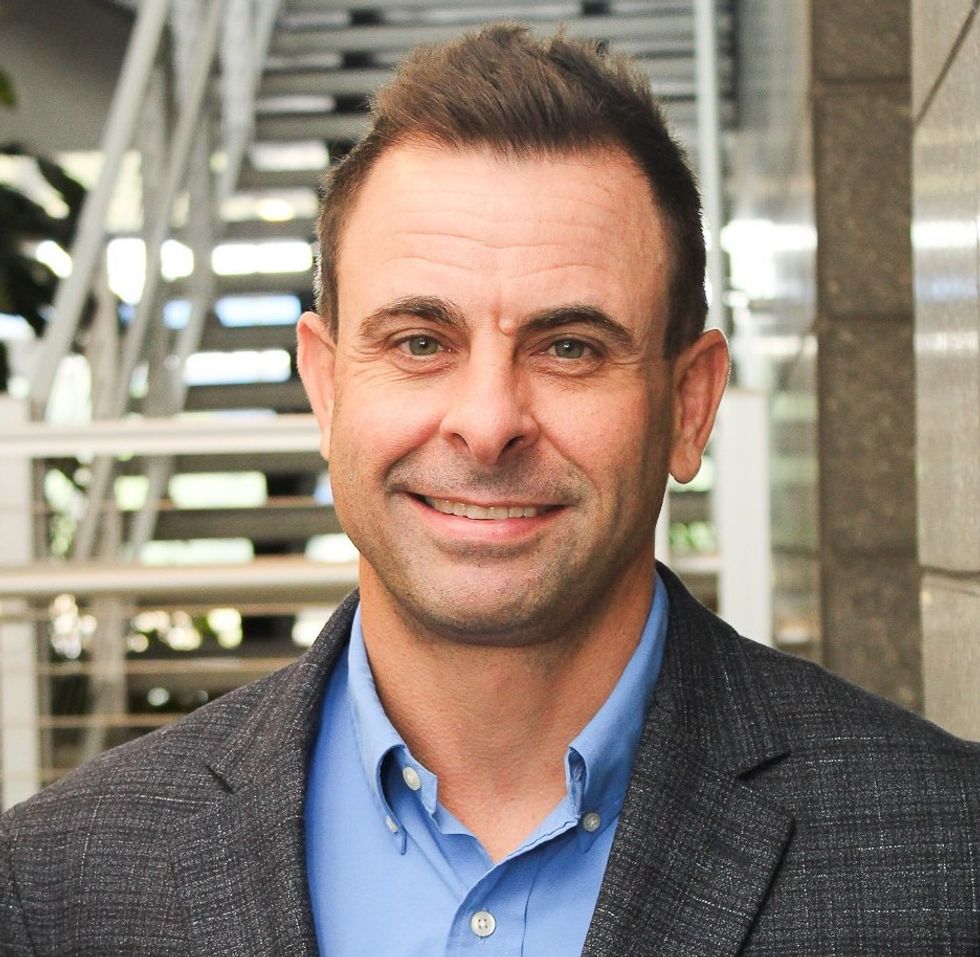
Chase Mory
The guest perspective is key; time spent waiting or filling out paperwork reduces excitement for the visit.
“If you imagine arriving at an attraction, you don’t want an extra step like filling out a waiver or buying a ticket. You just want to get started. Removing those friction points speeds up throughput and improves satisfaction.
“There’s also a sustainability bonus,” adds Mory. “Digitising reduces paper use, which aligns with many guests’ values.”
Gateway Ticketing Systems and the value of data
Operational efficiency today is fundamentally connected to data-driven decision-making. Mory elaborates on how data insights influence daily operations, especially regarding pricing and staffing.
“Dynamic and scheduled pricing models are powerful tools that optimise revenue and crowd flow during peak and off-peak periods. That balance improves both guest experience and operator efficiency.”
Furthermore, predictive data assists operators in managing their most significant variable cost: labour.
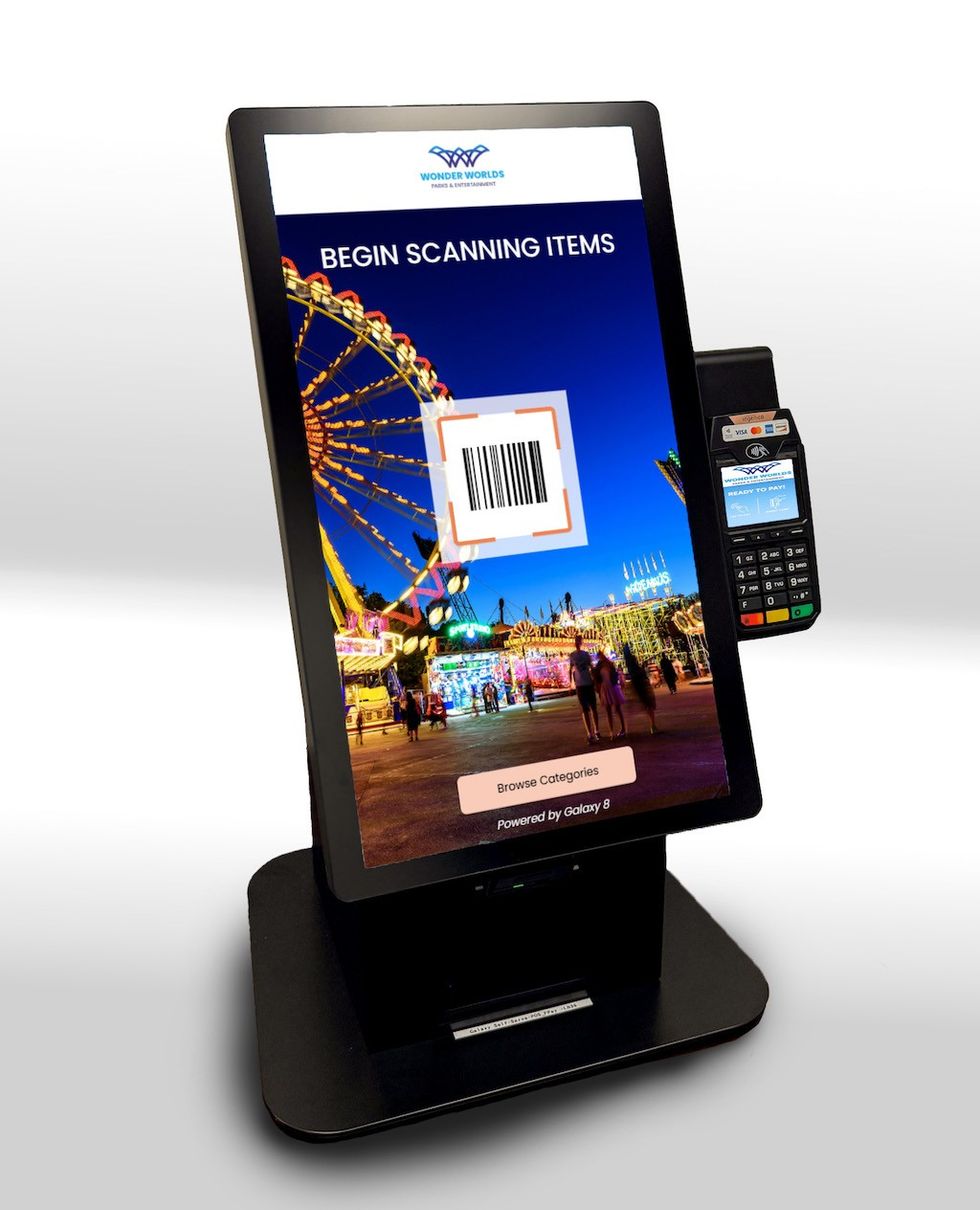
“Pre-sale data also helps anticipate staffing needs, ensuring the right balance between labour costs and service quality.”
Data is also instrumental in fostering loyalty and maximising retention. “Another example is analysing visit frequency data through CRM systems. This helps identify when to offer memberships and convert casual visitors into loyal advocates.
“All of these are ways to turn data into action that reduces costs, improves guest experience, and anticipates demand.”
For attraction leaders, operational improvements must directly result in revenue growth. Mory emphasises that this link is clear:
“Operational efficiency directly fuels revenue growth. Less time in line means more time in the venue, which increases the chance guests engage with upsell opportunities.”
This focus goes beyond merely reducing queues; it involves strategic product packaging aimed at enhancing the average guest spend. “We see operators bundling experiences to reduce decision fatigue and increase per-capita spend.”
The result is a positive cycle where efficiency drives conversion: “So it’s about creating frictionless entry and smart product packaging that improves conversion rates, retention, and overall value perception.”
Customer feedback is key for the Gateway team
For a technology provider, developing cutting-edge solutions is only part of the challenge; the other part is ensuring those innovations align seamlessly with the daily workflows and challenges faced by operators on the ground.
Andre explained that Gateway achieves this alignment through a strong partnership with its customers. “The most practical way is literally spending a day in the life of a customer, being on site, walking the hallways, seeing their operations firsthand. That’s where we spot opportunities to streamline workflows and solve real problems.
User feedback is also formally gathered through regular client events.
“Our user group meetings are another key part of that. We just hosted one at Detroit Zoo and Cranbrook Educational Community, and have another coming up in London at Warner Bros. Studio. These gatherings let customers share ideas, network, and give feedback on proofs of concept and new technology.”

Detroit Zoo
These collaborative environments often accelerate Gateway’s development timeline, including exploring emerging technologies such as Artificial Intelligence (AI). “We’ve been demoing some early AI concepts which aren’t ready for release yet, but the feedback helps us shape our roadmap.
“Often, our customers take ideas further than we imagined.”
Gateway also keeps an eye on sectors that are already masters of digital commerce and dynamic pricing: “We also look at adjacent industries like how OTAs, retail, or airlines use dynamic pricing and AI to see what best practices we can bring into attractions. AI, in particular, is a really exciting frontier.”
This commitment to partnership is fundamental to their philosophy. “We learn more from our customers sometimes than they learn from us! I love business, technology, and the attractions industry, and where all three intersect is a fascinating space.”
Solving challenges on the ground
To illustrate the impact of these efficiencies, Andre shares a recent success story involving a popular UK attraction.
“A recent example is Chester Zoo, which went live within the past month. They had a previous system that worked well, but we were able to advance things significantly, especially around efficiency in their membership management.”
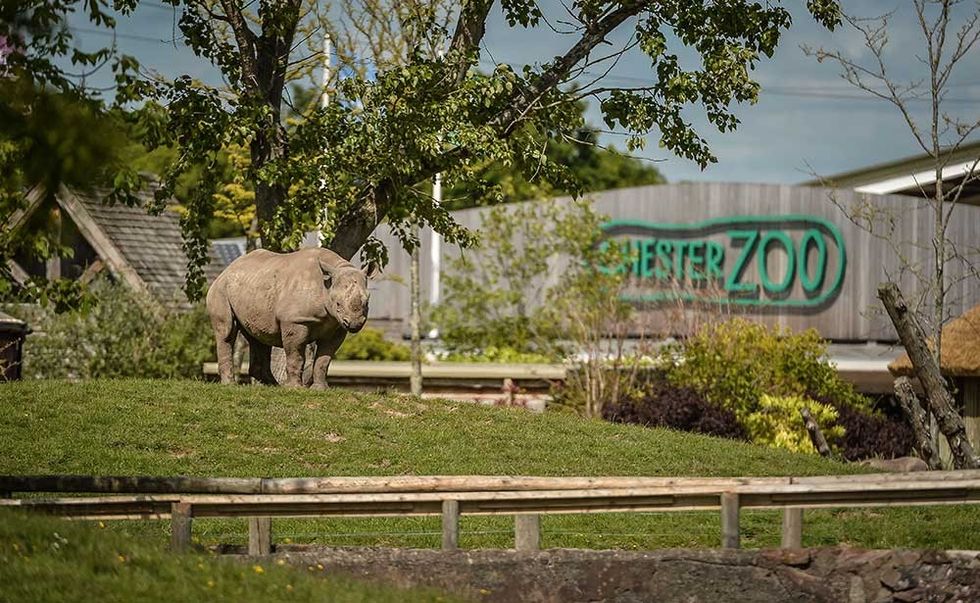
The difficulty lay in handling a tiered membership structure that needed ongoing updates based on age: “With thousands of memberships, that used to require a lot of manual work. We automated it, reducing labour time and errors.
“It’s a small detail, but those kinds of efficiencies make a big impact. And implementing Galaxy across their admissions process has been another major step forward.”
Future trends to watch
Looking ahead, both leaders identified several areas that will shape operational priorities, advancing beyond current adoption levels into deeper strategic integration.
Mory outlines the emerging focuses: “There are a few areas. Leveraging AI is an obvious one, and how attractions can best use it. Sustainability is another growing priority, especially for younger generations.”
Two perennial concerns, security and the demand for quality experiences, will remain central, he adds. “Security will always be critical, with evolving threats that require ongoing attention. And immersive experiences will continue to drive value. Guests want more than just a ticket; they want meaningful engagement.
“Finally, personalised and dynamic guest engagement is key, using CRM data to anticipate return visits, for example, prompting guests to consider memberships after a few visits. It’s about being smart and intentional with re-engagement.”
Future proofing with Gateway Ticketing Systems
When asked for advice on how attraction leaders can future-proof their operations while continuing to deliver memorable experiences, Andre says:
“Future-proofing is interesting because no one can predict the future. My advice is to work with a solution that’s open and adaptable. No one company can provide the perfect solution for every scenario, so it’s important not to get locked into a closed system.”

Beyond technology choice, he says: “Maintain institutional knowledge. When systems are implemented, there’s excitement and training, but over time, as staff changes, that knowledge fades. Operators should have intentional plans to keep teams trained and current with evolving tools.”
He says that much efficiency is already achievable if operators make full use of their existing systems: “Many systems already have more capability than users realise. Staying proactive and educated about what your tools can do is crucial.
“Future-proofing is really about openness, education, and continually improving how technology is used in your business.”
Mory agrees, adding:” Staying engaged with your provider ensures you’re leveraging your solution’s full potential. The customers who engage with us most closely get the most value out of the system.
His final guidance emphasised a commitment to ongoing improvement guided by feedback from both external and internal sources.
“More broadly, it’s about using data, understanding market trends, guest expectations, and continuously improving. Build feedback loops and stay committed to delivering consistent value to your guests.”
By focusing on digitising the guest journey, removing points of friction, and aligning flexible, open technology systems with strategic business intelligence, attractions can effectively manage current cost pressures while delivering the next generation of immersive and personalised guest experiences.
The Gateway Ticketing Systems team will exhibit at IAAPA Expo 2025 in Orlando, Florida, from 18 – 21. To find out more and see Galaxy 8 in action, attendees can meet the team at booth #4847.Charlotte Coates is blooloop's editor. She is from Brighton, UK and previously worked as a librarian. She has a strong interest in arts, culture and information and graduated from the University of Sussex with a degree in English Literature. Charlotte can usually be found either with her head in a book or planning her next travel adventure.







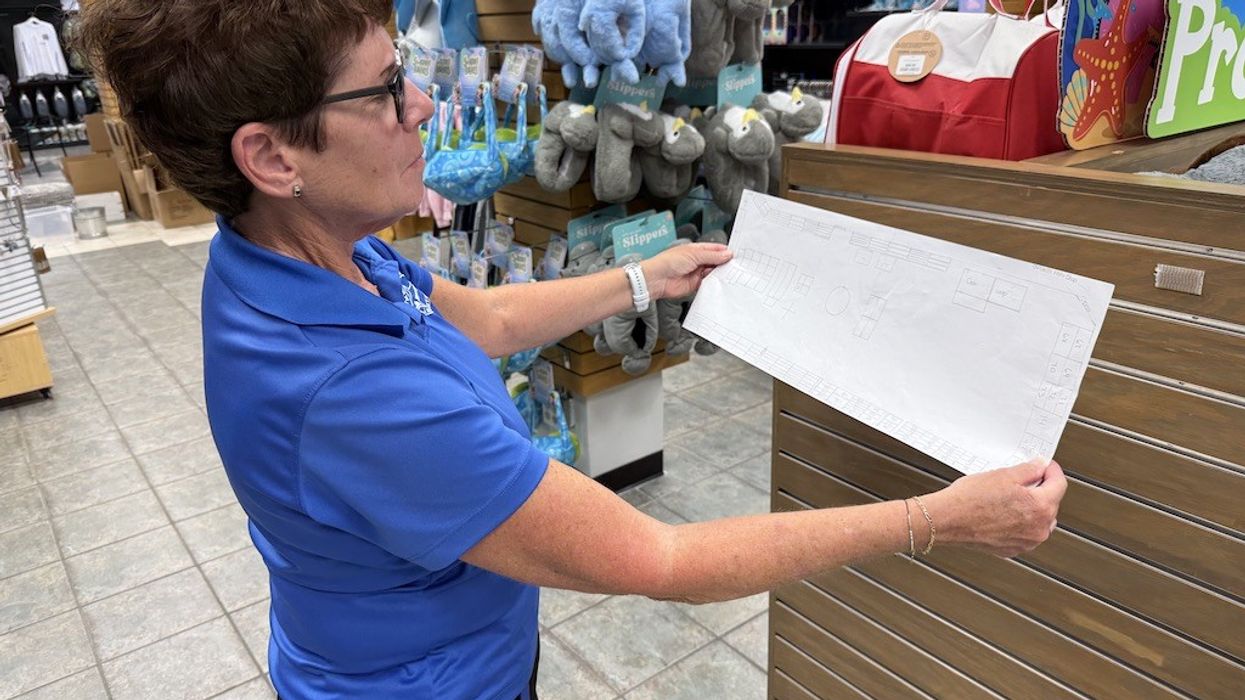
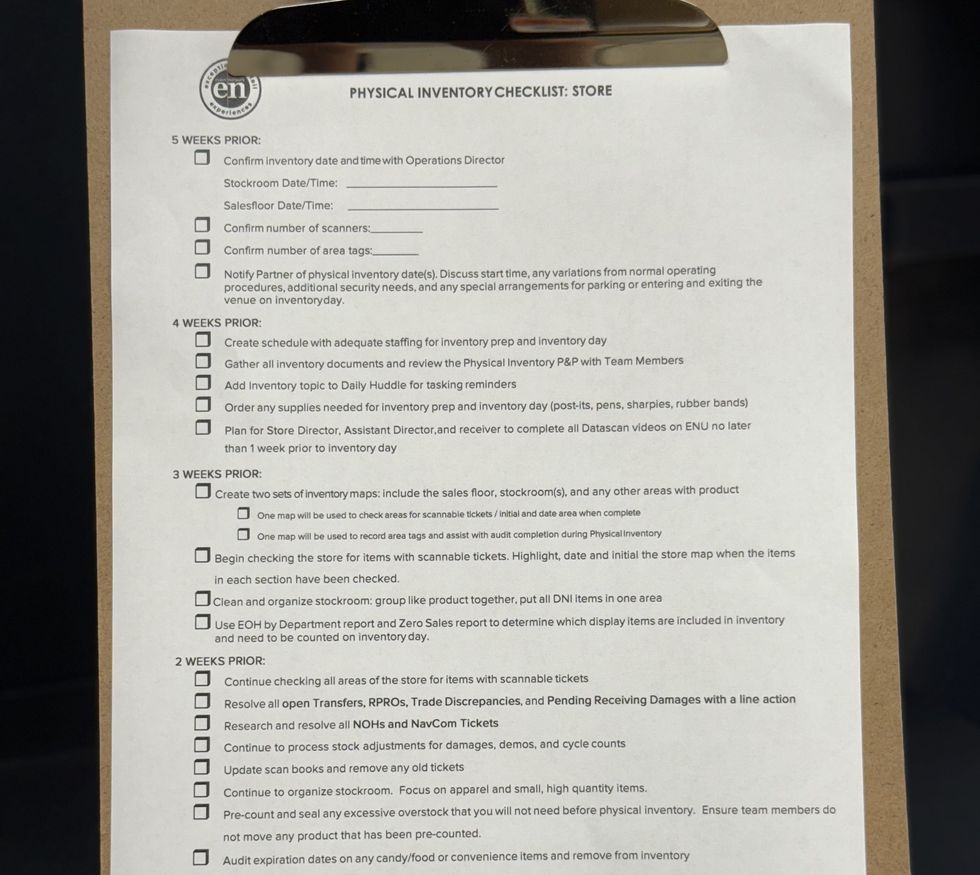

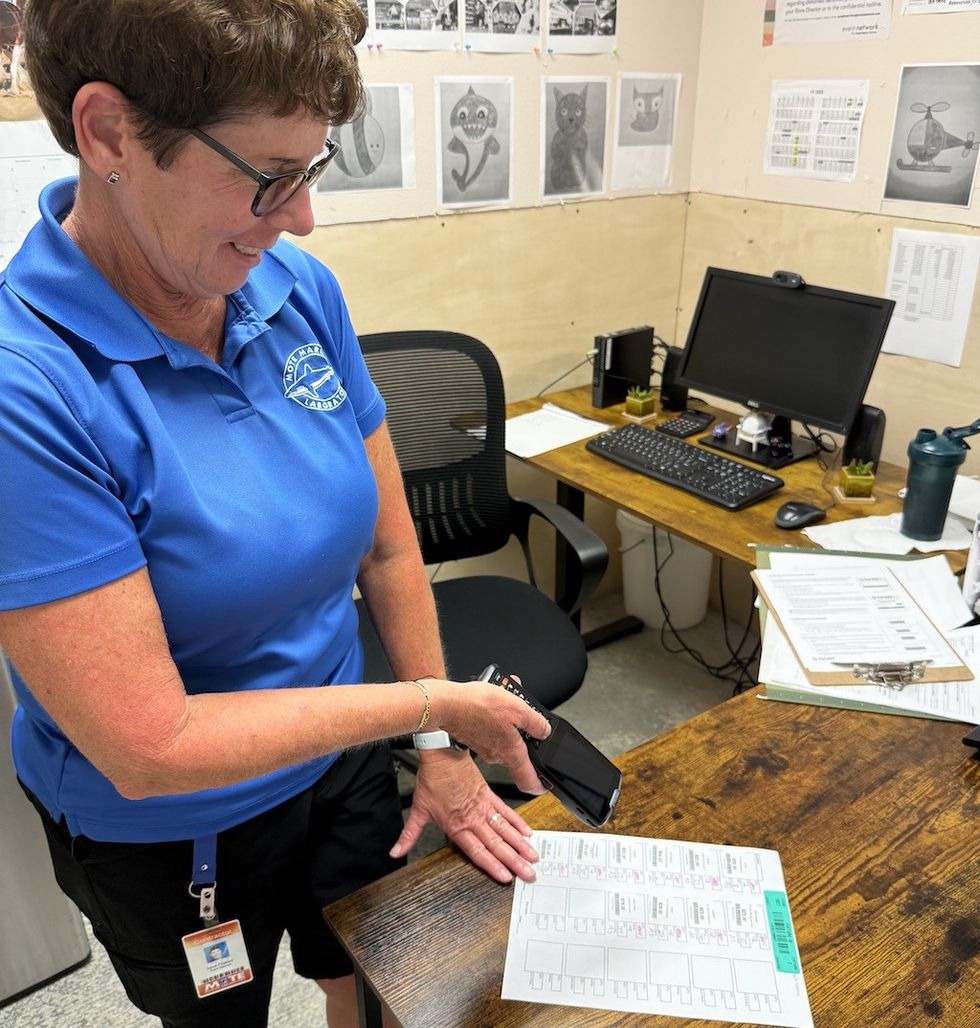

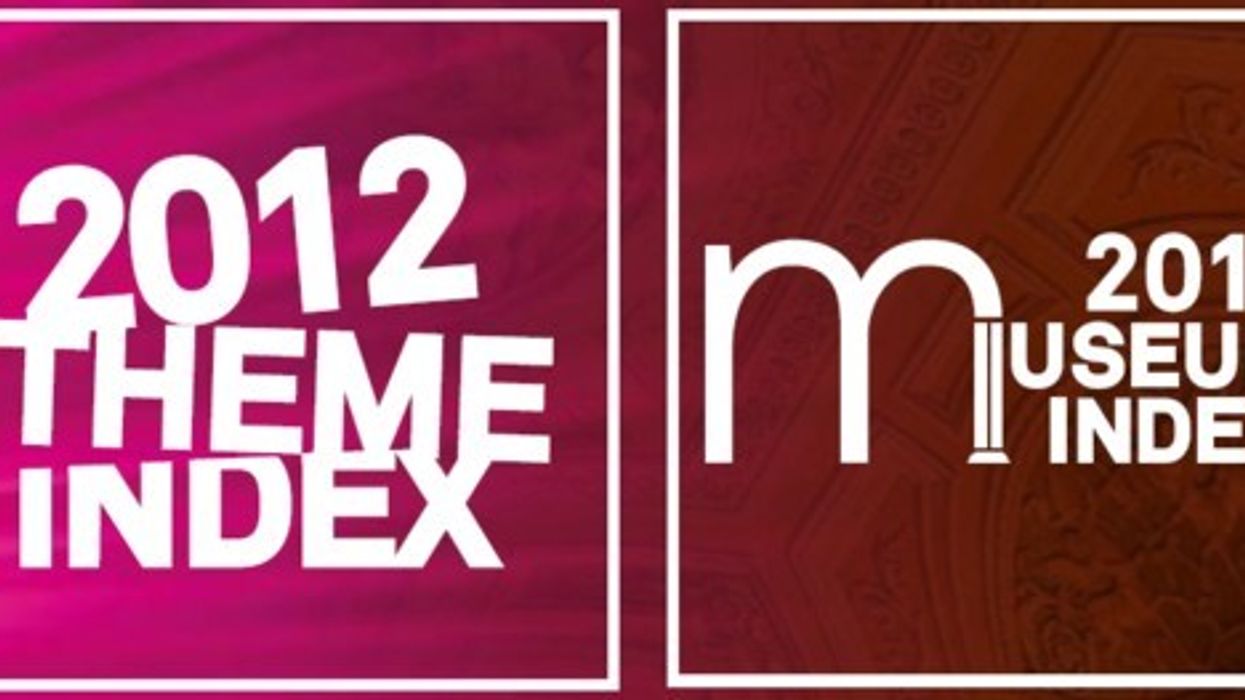

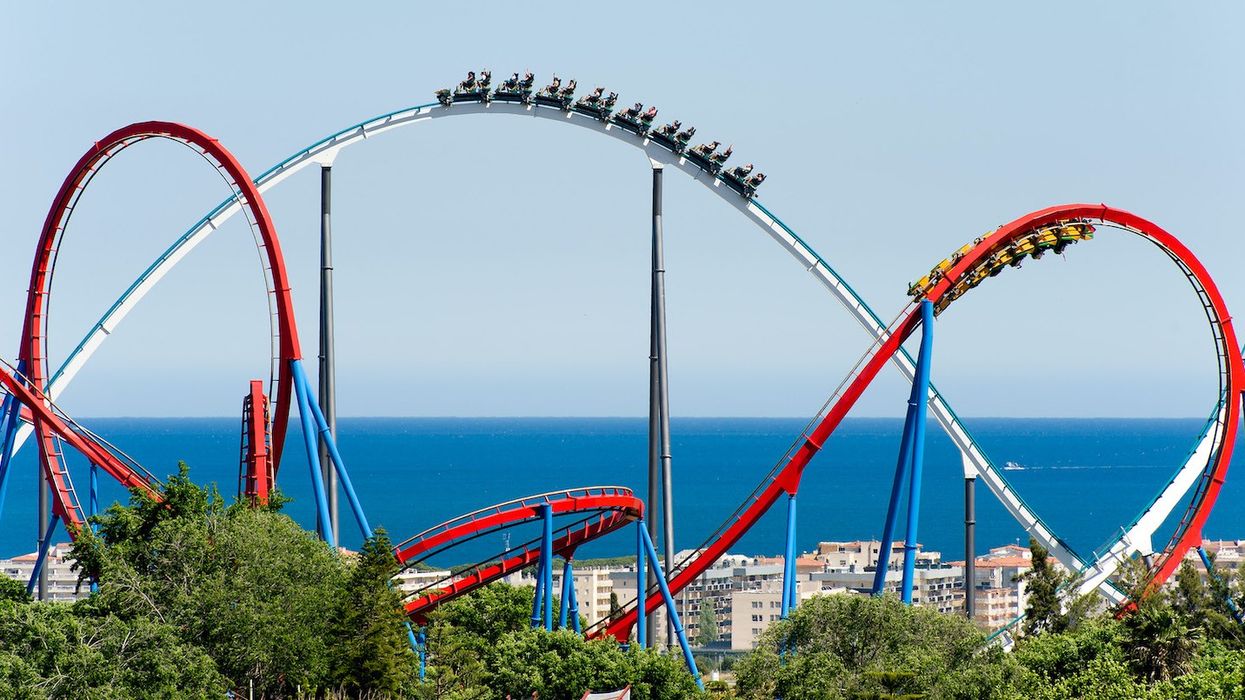
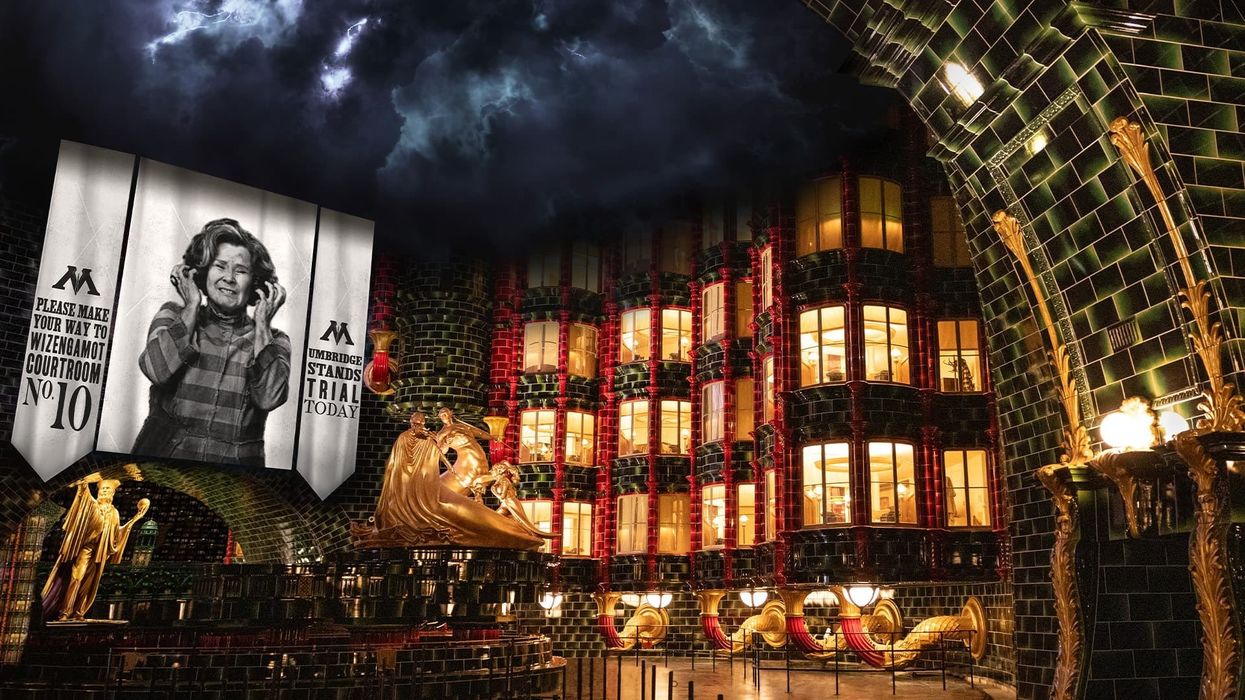
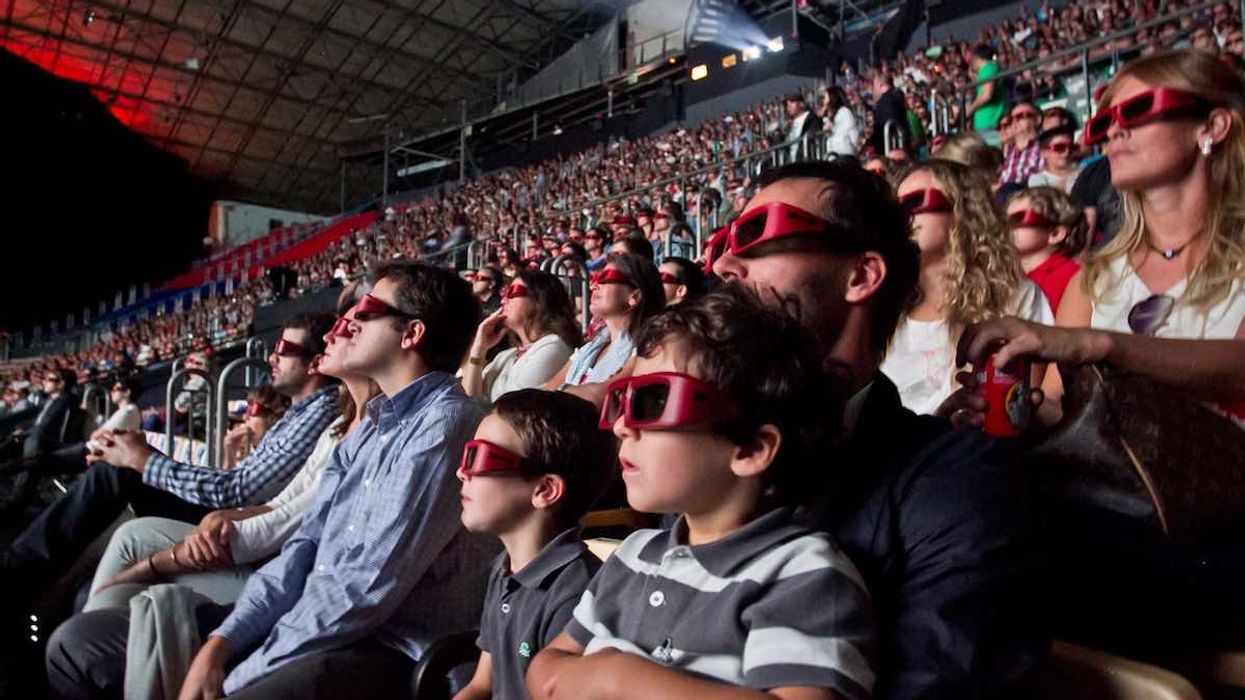

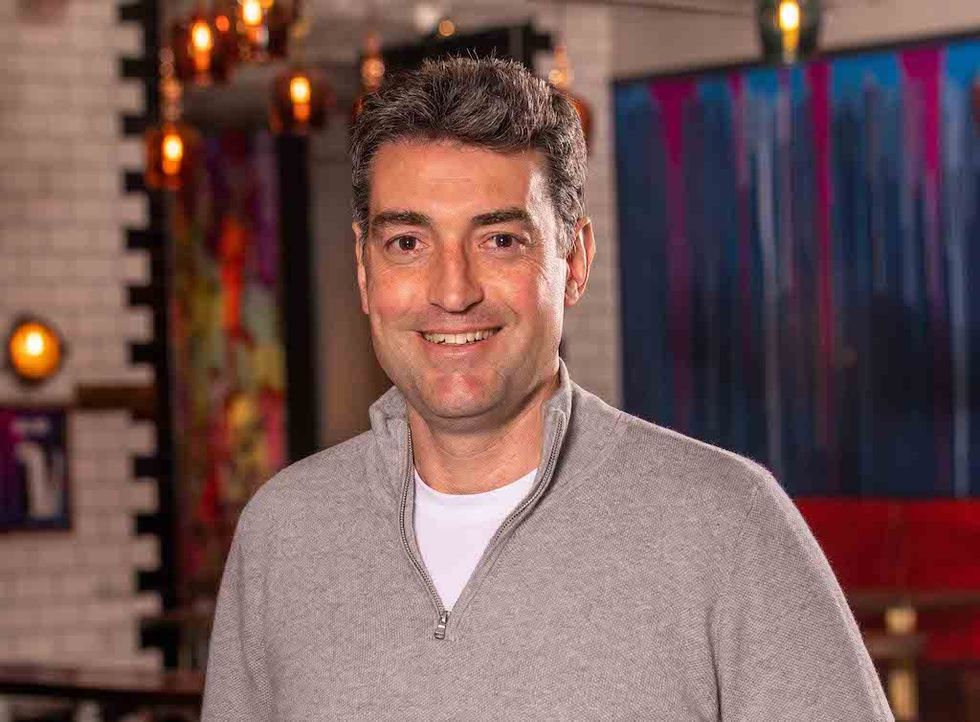 Toby Harris
Toby Harris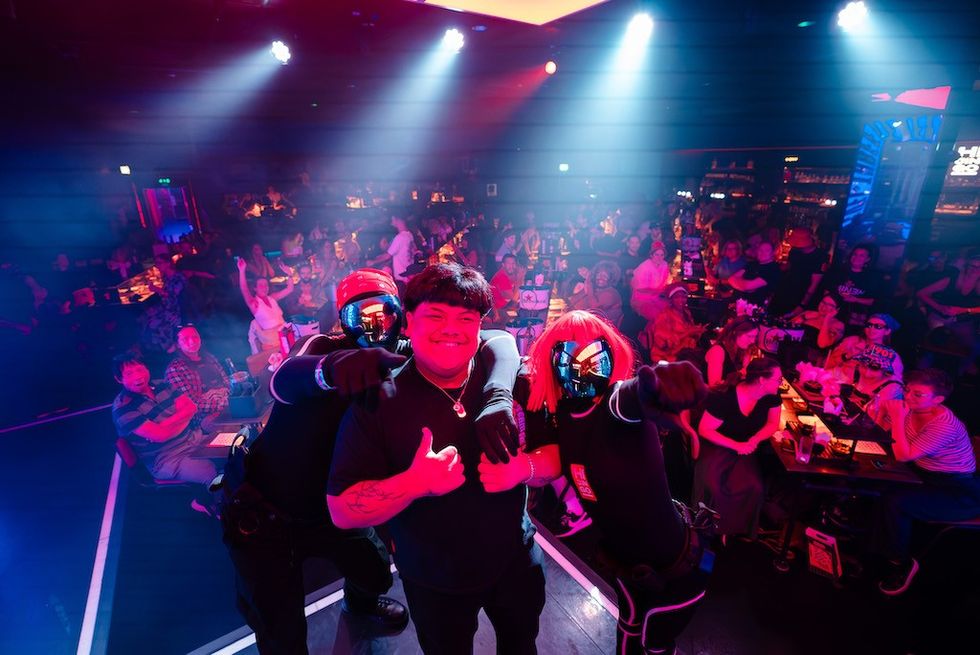 Hijingo
Hijingo Flight Club, Washington D.C.
Flight Club, Washington D.C.
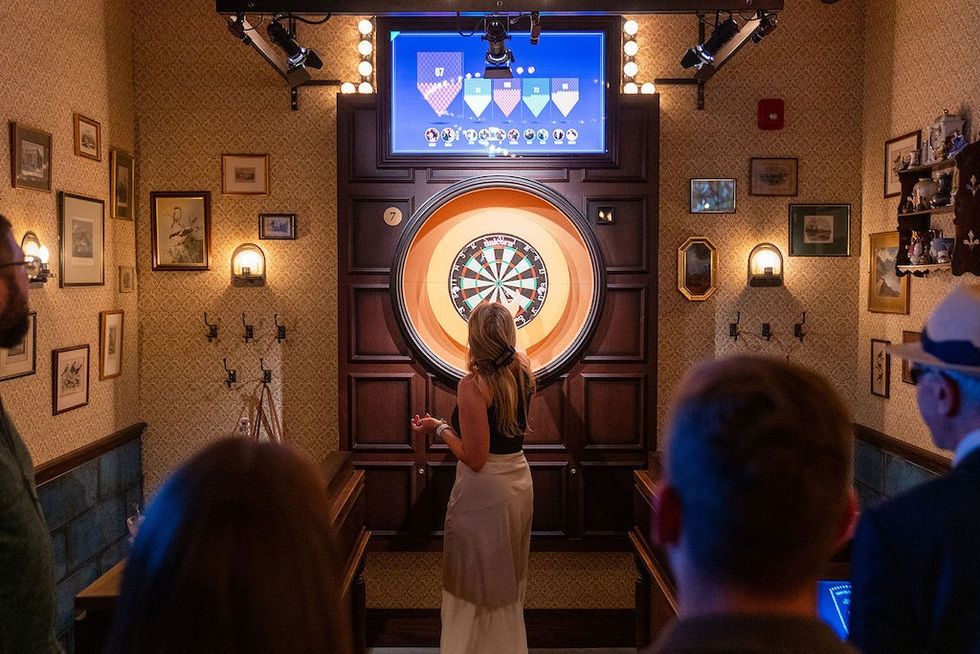 Flight Club Philadelphia
Flight Club Philadelphia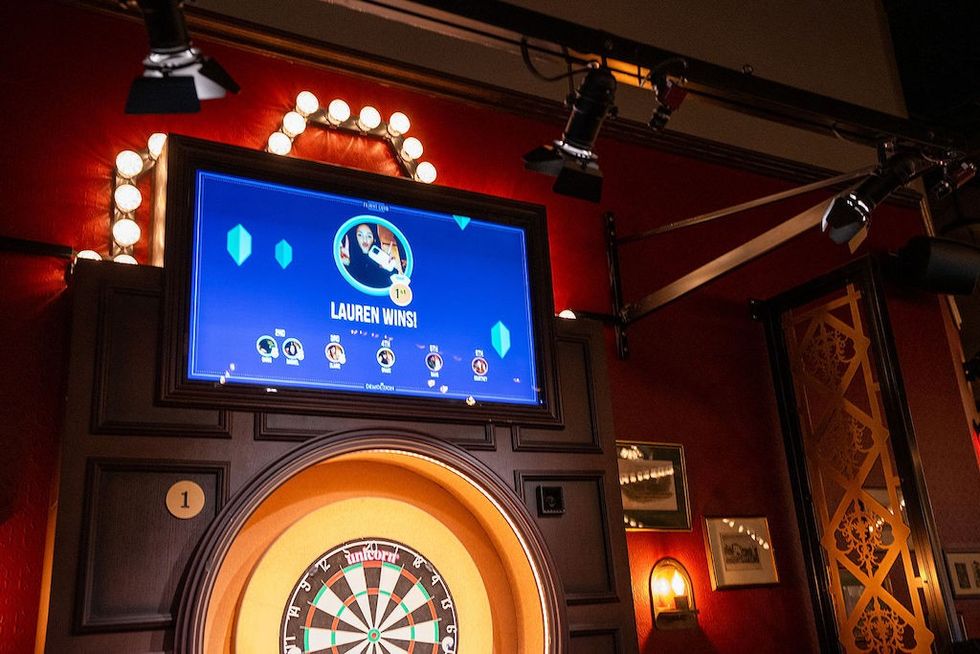 Flight Club Philadelphia
Flight Club Philadelphia Bounce
Bounce Hijingo
Hijingo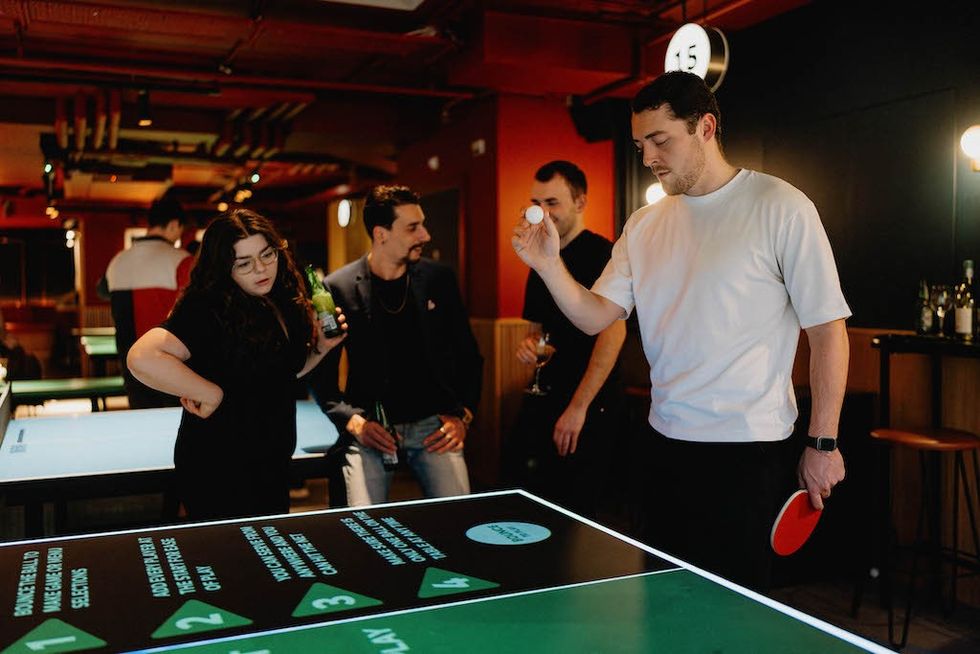 Bounce
Bounce
 Fernando Eiroa
Fernando Eiroa
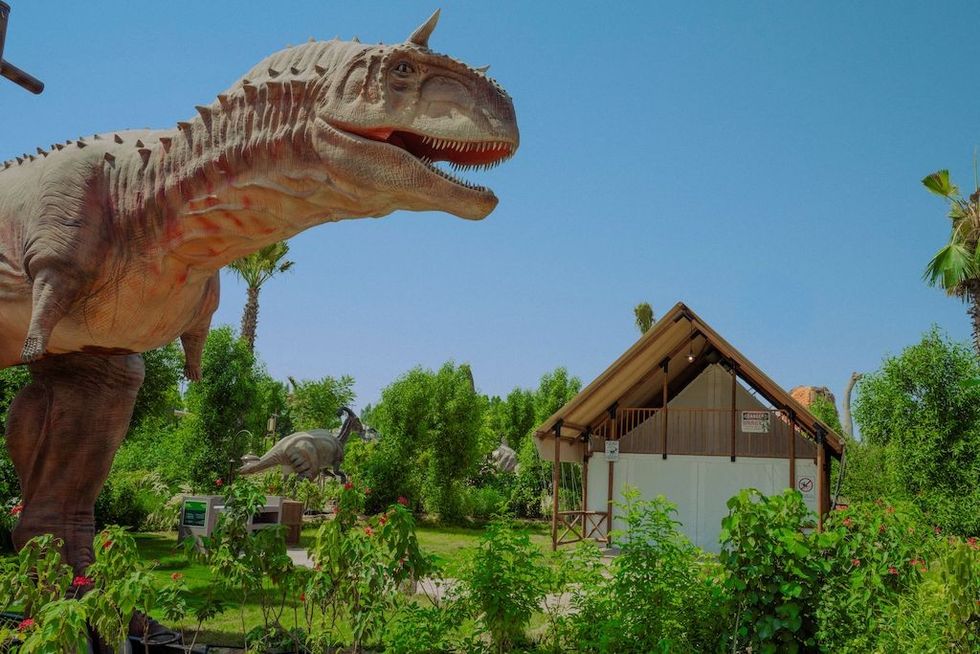





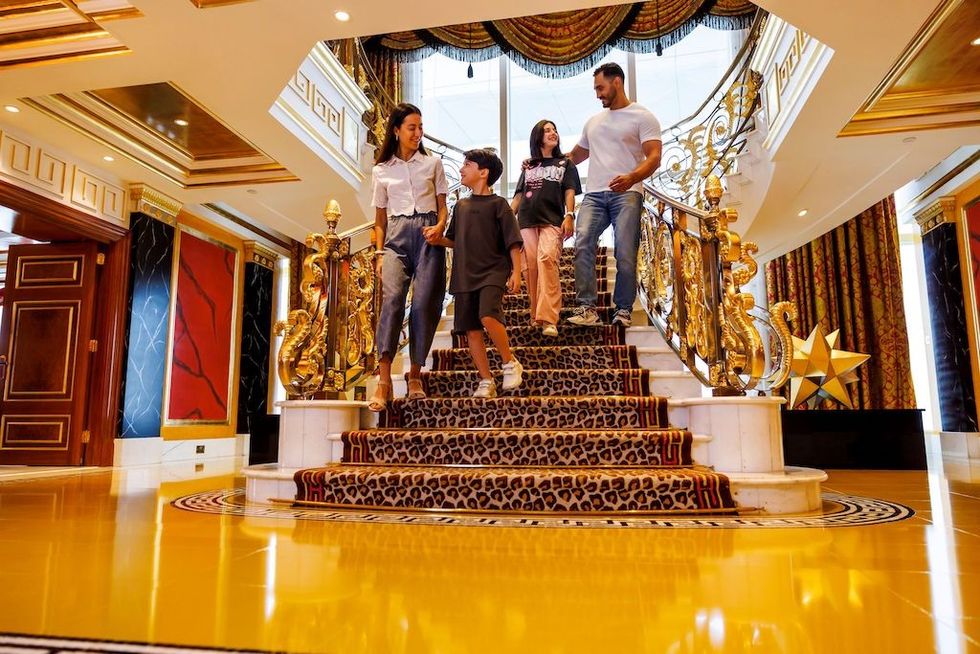



 Guests display a commemorative UN stamp sheet marking the 100th anniversary of the Palace Museum at the UN headquarters in New York, May 2025 (Xinhua)
Guests display a commemorative UN stamp sheet marking the 100th anniversary of the Palace Museum at the UN headquarters in New York, May 2025 (Xinhua)
